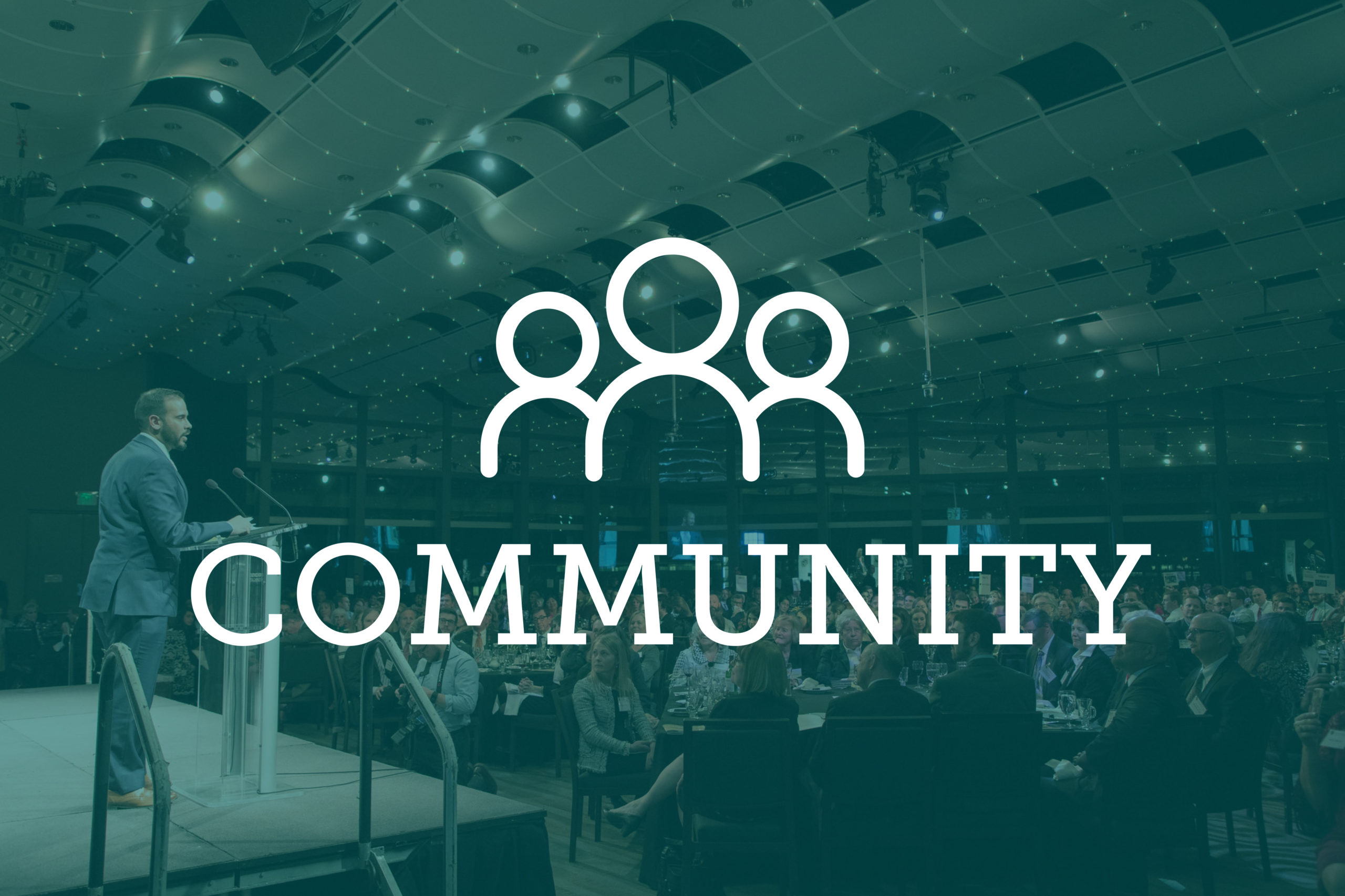

Why has COVID-19’s economic damage disproportionately harmed women of color? And what role does childcare play in an equitable reopening of the economy? Several leaders in Colorado’s business community discussed how the recession caused by the COVID-19 pandemic has disproportionately affected women, and why that should prompt long-term changes in the professional realm that improve equity for women.
The panel included Suraya Yahaya, who serves as a fractional COO, Colorado Chamber of Commerce president Kristen Blessman, the Women’s Foundation of Colorado president and CEO Lauren Casteel, Colorado Business Roundtable president Debbie Brown, and Alexandra Metzl, a shareholder and chief diversity officer at Brownstein Hyatt Farber Schreck.
The pandemic’s economic damage has been largely industry-specific, with sectors such as hospitality and retail, which disproportionately employ women, among the hardest hit. Yahaya added companies have also trimmed female-dominated roles across industries, such as marketing and communications.
“A lot of the time, it’s women who are impacted by this,” she said. “And it breaks my heart, because operationally, I try to figure out how to sort of level the playing field. But a lot of women happen to be in these roles.”
The pandemic’s economic damage has also disproportionately harmed women entrepreneurs and women-owned businesses. Blessman said 86% of businesses in Colorado have just one employee. Their small size means they are less likely to have established banking relationships crucial to helping them get funding from the Paycheck Protection Program.
“They were scrambling to get funding; scrambling to figure out how to develop a relationship with one of these large banks that they didn’t have one with before. And they couldn’t get funding. It was too late,” she said.
This is on top of what Yahaya said is an established difficulty for women entrepreneurs in building relationships needed for getting a flow of business and funding.
“COVID has especially given us that challenge because now we have to do all of that in a virtual world, and we’re fighting for a much smaller pie,” Yahaya said.
The panelists also discussed the spotlight the COVID-19 pandemic has shone on workplace inequities for women of color. Casteel said women of color especially are disproportionately vulnerable to the risks of COVID-19 because they are another demographic overrepresented in working-class essential jobs, and even if they haven’t lost their jobs, they often don’t have access to safety nets such as sick leave and paid leave.
Yahaya added inequities for women of color are “an age-old problem that I think leaders have chosen to ignore. And when it suits them with the George Floyd murder, with some of the tensions that have come about since then and some of the important conversations, I think it comes to the forefront.”
The panelists discussed the role of childcare in reopening the economy, especially with many schools starting the new school year remotely. Blessman said the number of women who have left the workforce during the pandemic is more than twice the number of men, a significant setback to improving equity in professional opportunities for women. She added women not being able to return to work because they don’t have childcare is especially devastating for single-income families.
Yahaya said “the leading indicator for reopening the economy is going to be childcare.” She echoed a point made by Blessman that childcare has to be accessible for all women in all socioeconomic classes and types of job sectors, not just wealthy women.
Casteel added $3.5 billion of CARES Act aid has gone to the childcare industry, but the industry actually needs $9.6 billion per month. And it’s another sector disproportionately made up of women of color, she said.
Metzl said the pandemic has increased open conversations about the responsibilities working mothers have to juggle and how her company needs to help address the challenges. She added that working from home has opened men’s eyes to that balance if their partners normally take on the lion’s share.
“The men are bouncing babies and soothing them while on conference calls. They see what their spouses are dealing with and partners are dealing with in a way they didn’t before,” she said. “So we can’t hide it anymore, and we shouldn’t. So it’s going to be something that businesses are going to have to tackle forever as a result.”
—Julia Cardi

